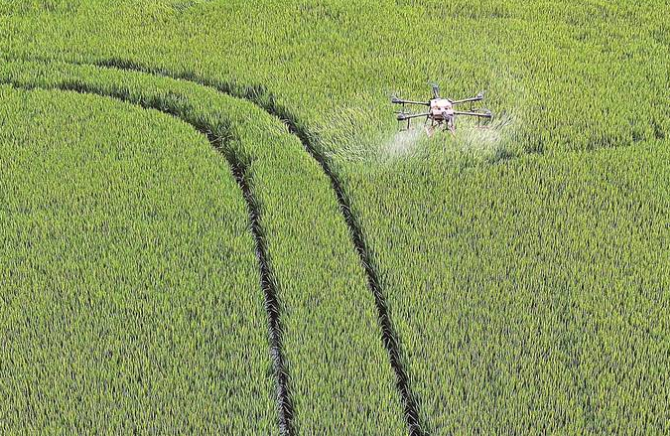Plants grow by relying on sunlight and soil. Is there a way to maintain stable and sustainable plant growth without sunlight and soil? In fact, vegetables and fruits can be grown without sunshine, rain or even soil, which is the real scene of the “Plant factory”.
The “Plant factory” is a new agricultural production mode. In the “Plant factory”, the seeds will be sown in the nutrient matrix, and the temperature, light, water, gas, liquid and carbon dioxide of plant growth will be precisely regulated to meet the needs of plant growth. Then, the nutrient solution will be added regularly, and the plants can take root, germinate and bear fruit smoothly, Effectively overcoming the dependence of plants on natural growth conditions under normal growth conditions.
Simply put, it means using artificial light sources instead of sunlight, using nutrient solutions instead of soil, and setting the production environment of plants as controllable parameters. Compared with the traditional planting method, the growth and development of crops planted in Plant factory can be free from or less affected by natural conditions, and food production can be carried out in any place to achieve “what you want to eat” all the year round; Through intelligent regulation, the crop growth period can be significantly shortened, and the yield per unit area can reach dozens of times that of traditional planting.
The planting environment of the “Plant factory” is relatively closed, the pressure of Pest control is low, and the food produced by soilless cultivation is highly clean, safe and pollution-free. Therefore, the crops produced in the “Plant factory” have more advantages in quality, taste and safety. The “Plant factory” can not only expand the functions of urban agriculture, but also build on non arable land such as the Gobi, desert, Alkali soil, help ease the bottleneck constraints of China’s agricultural resources, provide important support for ensuring the residents’ “vegetable basket”, and play a greater role in promoting agricultural efficiency and farmers’ income.
“Plant factory” is not a new concept. In the past, it was mainly used to solve the problem of growing vegetables in extreme environments. With the development of technology, this technology has gradually entered the public’s vision and has been applied in many places. For example, the “Plant factory” in Shuangmiao Village, Qiaolin Street, Pukou District, Nanjing, Jiangsu Province, an important vegetable producing area in the Yangtze River Delta, is about 8 meters high and covers an area of 4488 square meters. With hydroponics and intensive planting, the 2-month growth cycle of vegetables in the field only takes more than 20 days here, and the output of the same area is more than 50 times higher than that of field planting. In recent years, Shihuiyao Town, Chengde County, Hebei Province has introduced the project of “vegetable factory”, which applies soilless cultivation, water-saving irrigation and other technologies to build a modern agricultural demonstration park, realizing the uninterrupted production of all kinds of vegetables throughout the year and helping the rural revitalization.
To develop a Plant factory, scientific researchers need to constantly innovate and tackle key problems, reduce the energy consumption of artificial light sources and air conditioning systems, achieve intelligent control of the Plant factory, and further build a “low-carbon, intelligent, and efficient” production technology system, so as to thrive on the road of high-quality development.


没有reply内容